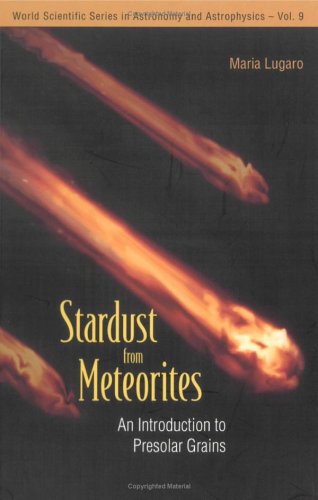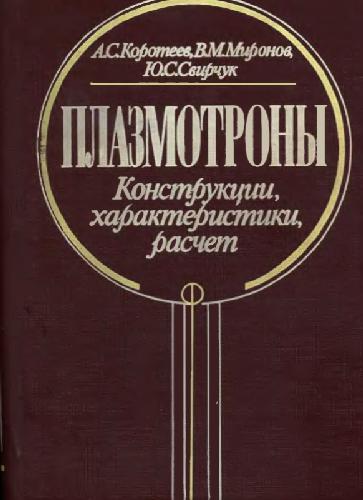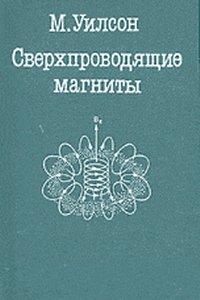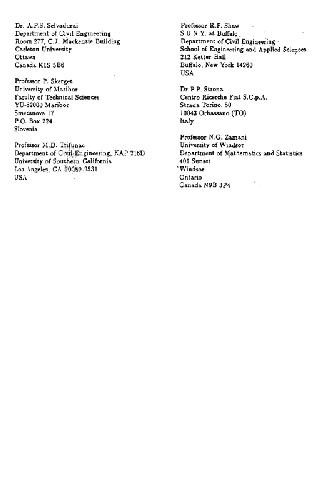Maria Lugaro9812560998, 9789812560995
Table of contents :
Contents……Page 12
Preface……Page 8
1 . Meteoritic Presolar Grains and Their Significance……Page 16
1.1 Presolar isotopic signatures and their carriers……Page 18
1.2 The discovery of presolar stellar grains……Page 23
1.3 Meteorites carrying stellar grains……Page 25
1.4 Types of presolar grains……Page 26
1.4.1 Diamonds……Page 28
1.4.3 Silicon carbide grains……Page 29
1.4.4 Graphite grains……Page 31
1.4.6 Silicon nitride grains……Page 32
1.5.1 Stellar evolution, nucleosynthesis and mixing……Page 33
1.5.2 Physical and chemical properties of the gas around stars and supernov……Page 35
1.5.3 The interstellar medium, molecular clouds and early solar system……Page 37
1.7 Exercises……Page 39
2 . Basics of Stellar Nucleosynthesis……Page 40
2.1 Hydrogen burning, and the life of most stars……Page 42
2.1.1 The pp chain……Page 44
2.1.2 The CNO, NeNa and MgAl cycles……Page 47
2.2 Helium burning, and the evolution of stars of low mass……Page 51
2.3 The process: C, Ne and O burnings, and the evolution of stars of high mass……Page 54
2.4 The e process: Si burning, and supernova explosions……Page 55
2.5 The production of elements heavier than Fe……Page 60
2.5.1 The s process……Page 64
2.5.2 The r process……Page 66
2.5.3 The p process……Page 71
2.6 Exercises……Page 72
3.1 The isolation of diamond, graphite and SiC grains……Page 74
3.2 Looking at presolar grains……Page 77
3.3 Isotopic measurements with mass spectrometers……Page 78
3.3.2 Secondary Ion Mass Spectrometry (SIMS)……Page 80
3.3.3 The advent of Resonant Ionization Mass Spectrometry (RIMS) in trace element analysis……Page 83
3.4 Location and analysis of rare types of presolar grains……Page 86
3.5 Concluding remarks……Page 89
3.6 Exercises……Page 90
4.1 Classification of Sic grains on the basis of their C, N and Si compositions……Page 92
4.2 Where did mainstream presolar Sic grains come from?……Page 96
4.2.1 Theoretical modelling of AGB and C(N) stars……Page 98
4.3 Carbon and nitrogen in mainstream Sic grains and in AGB stars……Page 103
4.4 The Ne-E(H) anomalous component……Page 109
4.5 The presence of 26Al……Page 113
4.6 The puzzle of the silicon isotopic composition of mainstream Sic grains……Page 114
4.7 Titanium isotopic composition of mainstream Sic grains……Page 120
4.8.1 The Y and Z populations……Page 123
4.8.2 The A and B populations……Page 124
4.8.3 The X population……Page 125
4.9 Exercises……Page 126
5 . Heavy Elements in Presolar SiC Grains……Page 128
5.1 Modelling the s process in AGB stars……Page 129
5.1.1 The neutron source in AGB stars……Page 130
5.1.2 The production of a 13C pocket……Page 132
5.1.3 The current model……Page 136
5.1.4 The neutron flux in the 13C pocket……Page 138
5.1.5 The neutron flux in the thermal pulse……Page 139
5.2.1 Class I: Isotopic ratios involving p-only and r-only isotopes……Page 141
5.2.2 Class II: Isotopic ratios involving isotopes in local equilibriuin……Page 145
5.2.3 Class III: Isotopic ratios involving isotopes with magic neutron numbers……Page 147
5.2.4 Class IV: Isotopic ratios involving isotopes depending on branchings……Page 152
5.2.5 Class V: Isotopic ratios involving isotopes produced by radioactive decay……Page 156
5.3 The heavy noble gases: Kr and Xe……Page 157
5.4 Exercises……Page 162
6.1 Diamond……Page 166
6.2 Graphite……Page 169
6.3 Oxide grains……Page 172
6.4 Exercises……Page 177
Appendix A Glossary……Page 180
B.2 Chapter 2……Page 188
B.3 Chapter 3……Page 190
B.4 Chapter 4……Page 192
B.5 Chapter 5……Page 194
B.6 Chapter 6……Page 196
C.2 Stellar evolution and nucleosynthesis……Page 198
C.3 AGB stellar evolution and nucleosynthesis……Page 199
Bibliography……Page 200
Index……Page 222







Reviews
There are no reviews yet.